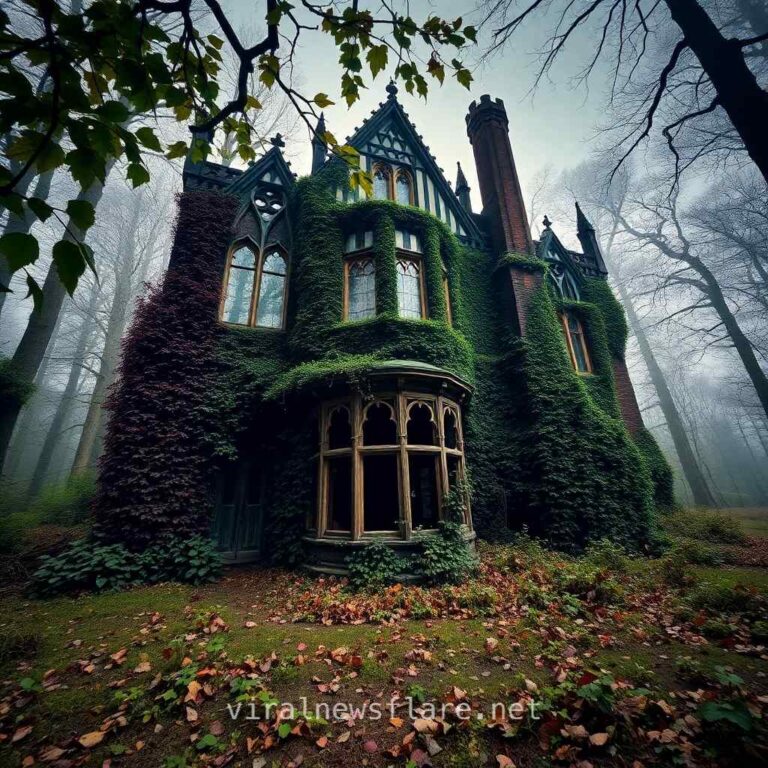Deep in the heart of nature lies a mysterious relic of the past—the Forgotten Old House in the Forest. This enigmatic structure, hidden among towering trees and tangled undergrowth, invites curiosity and wonder. Its weathered walls whisper secrets of bygone eras, and its silent presence raises countless questions. What stories does this ancient house carry within its decaying timbers? What events unfolded on its grounds? In this expansive exploration, we journey into the depths of history, uncovering the unseen tales held by such a dwelling. This investigation not only stirs our imagination but also touches upon our longing to connect with the past. Written by ViralNewsFlare, this article delves into every aspect of the Forgotten Old House in the Forest, examining its allure and the history it might conceal.
The Mystique of Isolation
The Forgotten Old House in the Forest stands isolated, far removed from the hustle and bustle of modern society. This seclusion is both a curse and a blessing; it shields the house from human interference but also preserves its secrets. The solitude of the house amplifies its enigmatic aura. Visitors find themselves enveloped in a cocoon of quietude, where only the sounds of rustling leaves and distant bird calls punctuate the silence. This sensory isolation stirs emotions ranging from eerie fear to deep fascination. The quiet brush against ancient wood and the scent of moss and earth create an atmosphere where history feels palpably present.
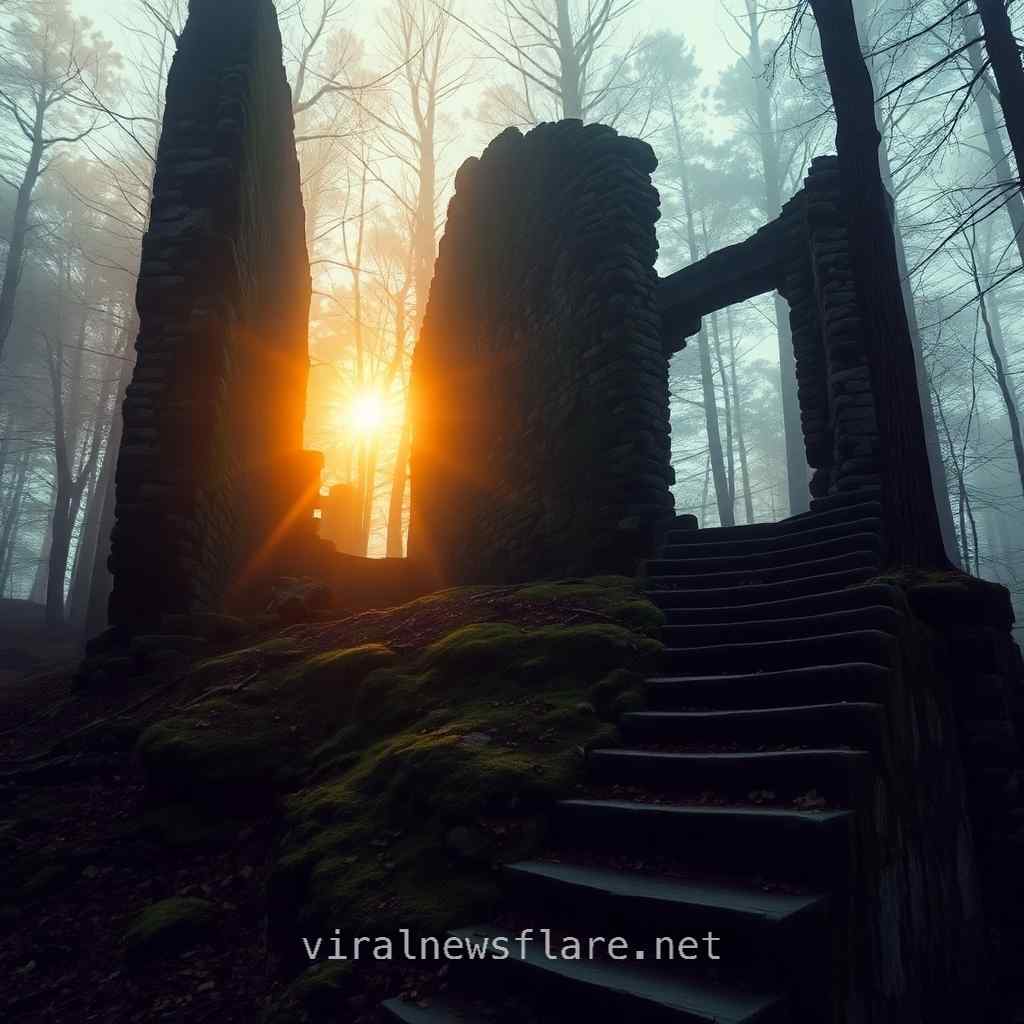
The isolation of the house also reflects how societies sometimes forget the places that once held importance. Overgrown with vines and reclaimed by nature, the property seems to exist beyond the confines of time. In exploring the Forgotten Old House in the Forest, one often ponders how such structures slip away from the collective memory, leaving behind only ghostly impressions and fragments of a bygone era.
Architecture That Tells a Tale
Every weathered beam and crumbling brick of the Forgotten Old House in the Forest tells a story. Built perhaps centuries ago, the architectural style can offer clues about the era in which it was constructed. The layout, design elements, and materials all serve as a physical record of cultural influences, economic conditions, and the technological prowess of its time. Stone foundations, aged wooden floors, and intricate carvings are silent historians of the people who built, lived, and perhaps died in this secluded retreat.
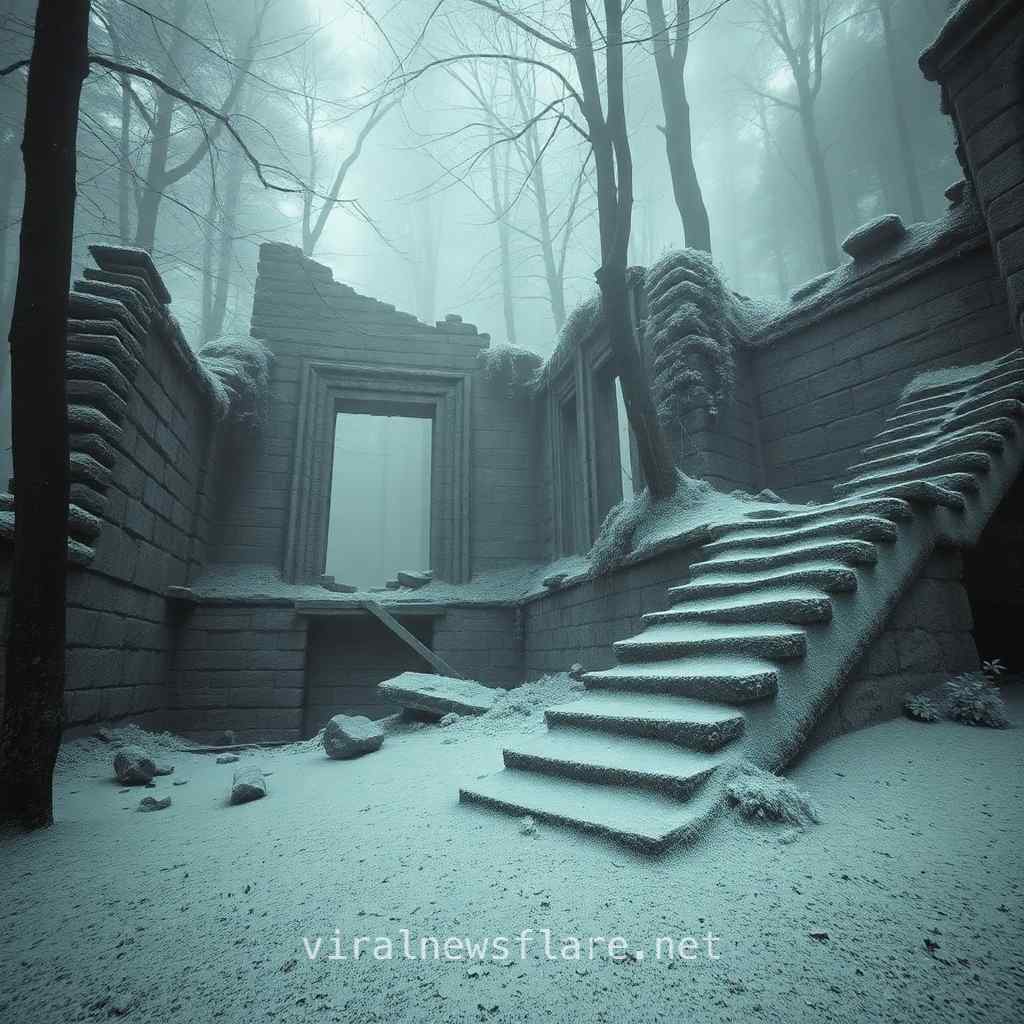
Walking through the halls of the Forgotten Old House in the Forest, one might find faded wallpaper patterns, remnants of an old hearth, or personal artifacts left behind by former residents. Each item provides a glimpse into the daily lives and the historical context surrounding the house. The design might reflect a blend of practical needs and aesthetic choices, suggesting a community that valued both functionality and beauty.
Nature’s Embrace and Decay
One cannot separate the history of the Forgotten Old House in the Forest from the natural world that now surrounds it. Over time, nature has both preserved and altered this old structure. Trees grow through the walls, roots crack the foundation, and sunlight filters through broken windows, painting the interior with dappled shadows. This marriage of decay and renewal creates a dynamic interplay between the man-made and the natural, offering a living testament to the passage of time.
The encroachment of vegetation into the house evokes strong imagery of life triumphing over human constructs. Moss blankets the stones, birds nest in the eaves, and wildflowers sprout through cracked floors. These details emphasize a poignant beauty: even in decay, there is life and continuity. The Forgotten Old House in the Forest serves as a symbol of resilience and the inevitable return of nature, preserving history in its own unique way.
The Human Element: Who Once Called It Home?
One of the most compelling aspects of the Forgotten Old House in the Forest is the human story behind its walls. Who built this house? Who lived here, and why did they leave? These questions spark a blend of scientific inquiry and imaginative storytelling. Though records might be scarce or lost to time, folklore, local legends, and small artifacts discovered on site can piece together fragments of the house’s past.
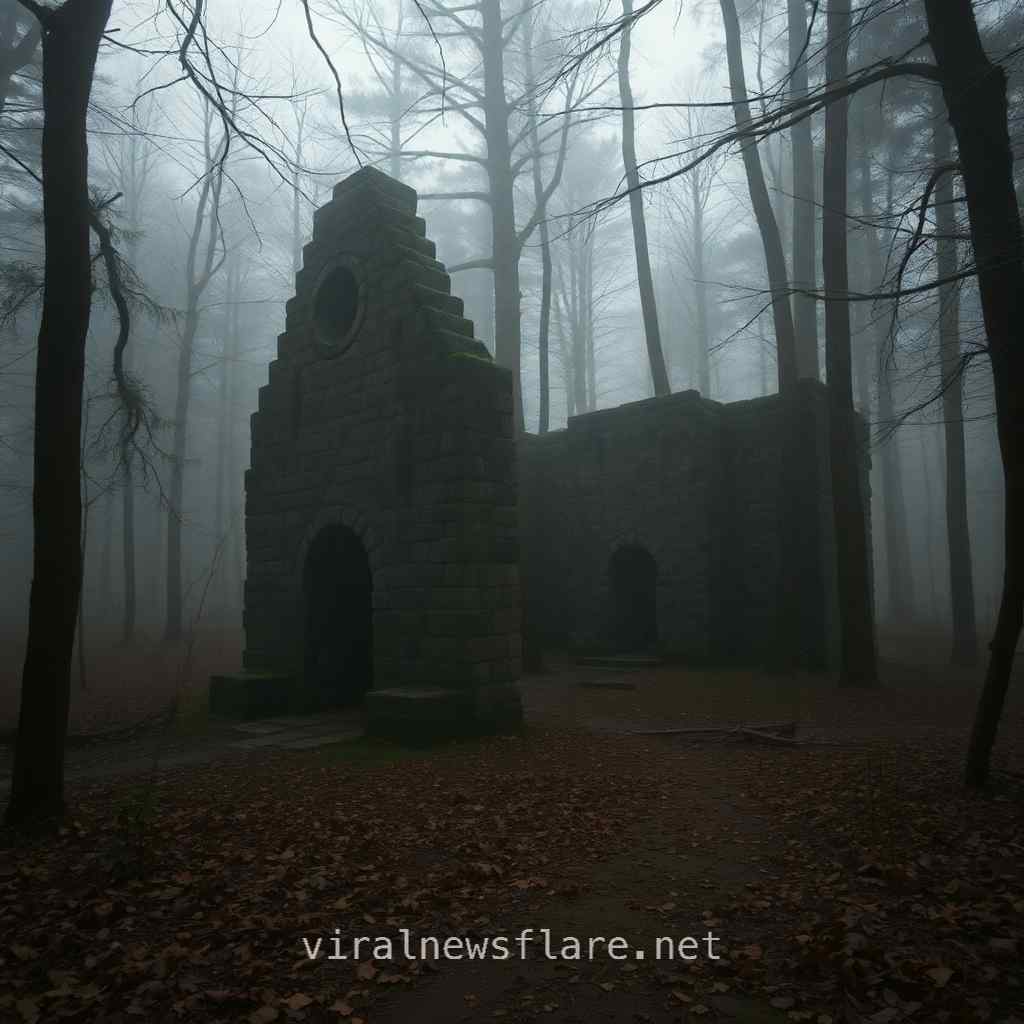
Stories passed down through generations may speak of a family who lived in harmony with the forest, reclusive scholars seeking solitude, or even enigmatic figures whose motives remain shrouded in mystery. Piecing together these narratives adds depth to the allure of the Forgotten Old House in the Forest and connects present-day explorers with voices long silenced by time.
Whispers of the Past in the Air
The Forgotten Old House in the Forest seems to emit whispers of past lives, echoing through its empty halls. The sensation of being watched or touched by an unseen presence can be unnerving yet captivating. Such experiences tap into the human fascination with the supernatural and the unknown. Visitors often report feelings of a profound connection with history, as though the house itself is alive and yearning to share its tales.
This phenomenon of experiencing the past so tangibly is not just superstition; it’s a psychological interplay between place, memory, and human emotion. The long shadows and creaks of settling wood, coupled with the rustling of leaves outside, contribute to an atmosphere ripe for tales of ghostly apparitions or mystical happenings. The allure of the Forgotten Old House in the Forest is amplified by these sensations, offering a space where reality and the imaginary blend seamlessly.
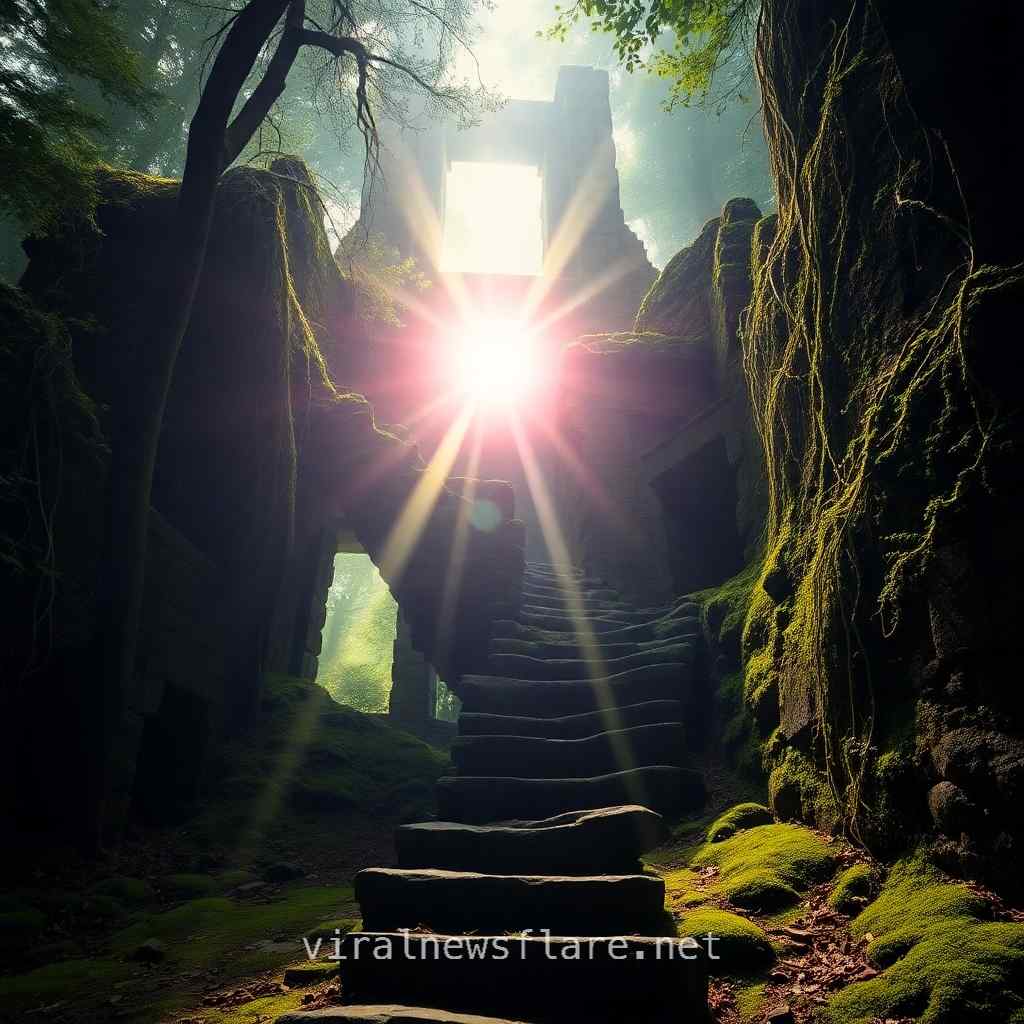
Folklore and Local Legends
Local folklore surrounding such houses often contains a blend of truth and myth, offering tantalizing clues to the Forgotten Old House in the Forest’s history. Stories of buried treasure, secret passageways, and heroic or tragic figures who lived within its walls abound. These tales often reflect the values, fears, and aspirations of the communities nearby and serve to keep the memory of the house alive through generations.
Legends might describe a once grand estate that fell into ruin due to a curse, or a place where lovers met in secret under the cover of dense woodland. These narratives, although possibly embellishing reality, help frame the house within the cultural context of its locale. They might even hint at undiscovered artifacts or long-forgotten documents hidden within its walls, awaiting discovery by intrepid explorers.
The Allure of Mystery
The Forgotten Old House in the Forest is a magnetic force for those drawn to mystery. It represents the unknown—a challenge to solve a centuries-old puzzle. The human brain is wired to seek patterns, to decode the past from remnants left behind. This drive fuels the allure of visiting an abandoned house, surrounded by nature, where every creaking floorboard or obscure corner might hide a secret waiting to be unearthed.
This allure is not solely about solving a mystery but also about the experience itself. The thrill of discovery, the sense of stepping into a different time, and the opportunity to witness the convergence of history and nature are profound and intoxicating. Explorers often find that the journey to uncover the history of the Forgotten Old House in the Forest changes them, leaving an indelible mark on their psyche.
Unlocking Historical Clues
For historians and archaeologists, the Forgotten Old House in the Forest offers a unique opportunity to reconstruct historical narratives. Careful excavation and preservation efforts can reveal artifacts, architectural details, and environmental evidence that shed light on how people lived, what they valued, and how they interacted with their surroundings. From pottery shards to fragmented manuscripts, each clue adds to the tapestry of the house’s history.
Investigations might uncover evidence of trade, contact with other cultures, or local traditions now lost to memory. The layout of the house and its design elements can suggest social structures, economic conditions, and even trade connections. By studying these aspects, historians can piece together not just the story of a single house, but also the broader context of life in a particular era and region.
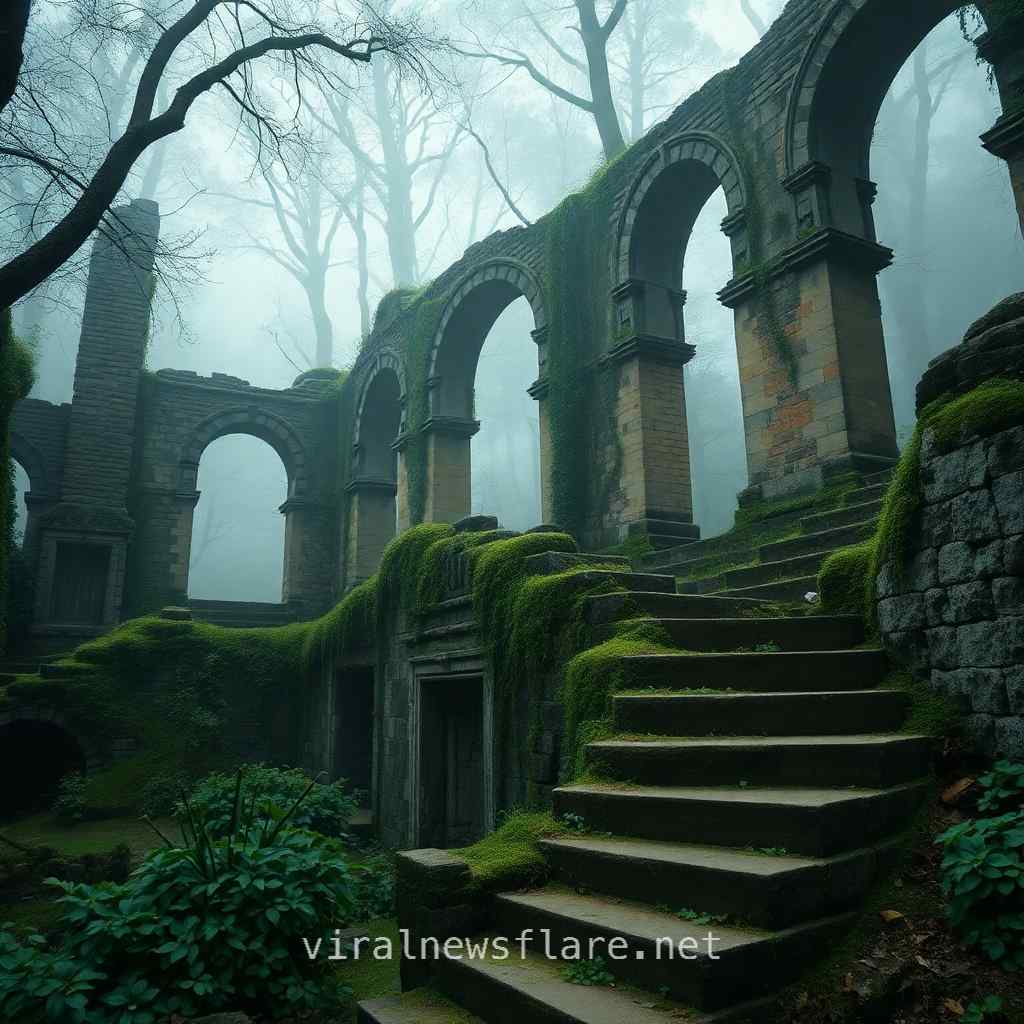
The Role of Environment in Shaping History
The forest that now surrounds the Forgotten Old House in the Forest was once an integral part of its residents’ lives. The natural environment shaped how people lived, the architecture they used, and the resources they exploited. The house’s location within a forested area might have been strategic—for seclusion, for protection, or due to access to natural resources like wood and game. The interplay between human activity and the surrounding wilderness offers insights into sustainable living and environmental adaptation in historical contexts.
Examining the relationship between the house and its natural setting can reveal how inhabitants utilized and respected the forest. This, in turn, prompts reflections on how modern society interacts with nature. The Forgotten Old House in the Forest stands as a silent witness to centuries of human-forest relationships, offering lessons about conservation, adaptation, and coexistence.
Embracing the Aesthetics of Decay
There is an undeniable beauty in the decay of the Forgotten Old House in the Forest. The juxtaposition of crumbling stone against vibrant green foliage, the interplay of light through broken windows, and the delicate balance between ruin and nature evoke strong aesthetic responses. Photographers, painters, and writers are often drawn to such sites, finding in them a kind of poetic melancholy that speaks to the transient nature of human endeavors.
This aesthetic appreciation is intertwined with a deeper, almost philosophical contemplation of time. The physical decay of the house mirrors the fleeting nature of human existence, and its integration with nature suggests that while civilizations rise and fall, life persists, transforming through cycles of creation and decay. The Forgotten Old House in the Forest is thus not just a relic but a canvas for reflections on life, impermanence, and the endurance of the natural world.
Preservation Versus Natural Decay
The tension between preserving historic structures and allowing nature to reclaim them is central to discussions about places like the Forgotten Old House in the Forest. On one hand, preservationists argue that such houses are invaluable cultural artifacts that need protection and restoration to maintain a tangible connection to history. On the other hand, there is an argument for letting nature take its course, preserving the site not as a static museum piece but as a living record of environmental and historical evolution.
This debate extends into ethical and practical domains: Should we intervene in nature’s work to restore the house to its former glory, or should we document and respect its current state as part of a natural reclamation process? The answer often lies in balance—protecting the most significant aspects of the Forgotten Old House in the Forest while allowing the environment to shape its future narrative.
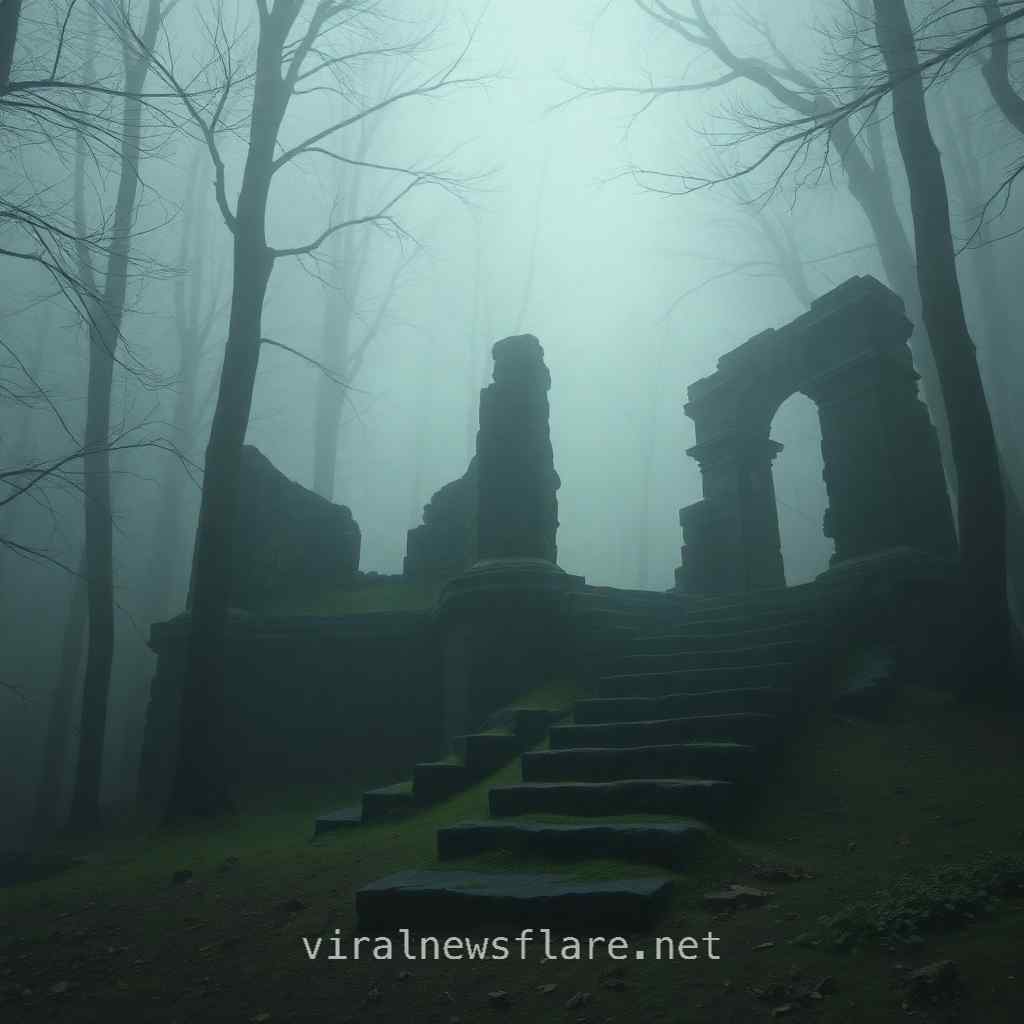
Investigative Challenges and Opportunities
Investigating the history of the Forgotten Old House in the Forest is fraught with challenges. Overgrown vegetation, unstable structures, and the passage of time can hinder research and exploration. Furthermore, the sparse historical records mean that much of the investigation relies on piecing together small fragments of evidence and anecdotal accounts from local communities.
However, these challenges also present opportunities for innovation. Modern technology, such as ground-penetrating radar, drones for aerial mapping, and advanced dating techniques, can help researchers uncover hidden aspects of the site without causing further damage. Collaborations between historians, archaeologists, environmental scientists, and even citizen volunteers can bring fresh perspectives and resources to the investigation, expanding our understanding of the Forgotten Old House in the Forest.
The Emotional Journey of Exploration
Visiting the Forgotten Old House in the Forest is not just a physical journey but an emotional one. The experience can evoke a sense of wonder, nostalgia, and sometimes melancholy. The quiet solitude forces introspection, and the palpable sense of history invites visitors to reflect on their own place in the continuum of time.
For many, the journey becomes a pilgrimage—a way to connect with ancestors and feel a part of a story larger than themselves. The house, in its decayed state, holds a mirror up to our own lives, reminding us of the impermanence of our creations and the enduring nature of memory and legacy.
The Role of Storytelling
Storytelling is intrinsic to the human experience, and the Forgotten Old House in the Forest offers a rich tapestry from which countless stories can emerge. Whether passed down as oral traditions, written in diaries, or depicted in art, the narratives associated with the house help to keep its memory alive. These stories imbue the location with emotional depth and cultural significance.
Writers and filmmakers often draw on the mystique of such houses to craft tales of intrigue, romance, horror, or adventure. The Forgotten Old House in the Forest serves as a potent symbol in literature and media, embodying themes of isolation, mystery, and the inexorable passage of time. Through storytelling, the house transcends its physical form, becoming a metaphor for forgotten dreams, lost love, or unresolved histories waiting to be revisited.
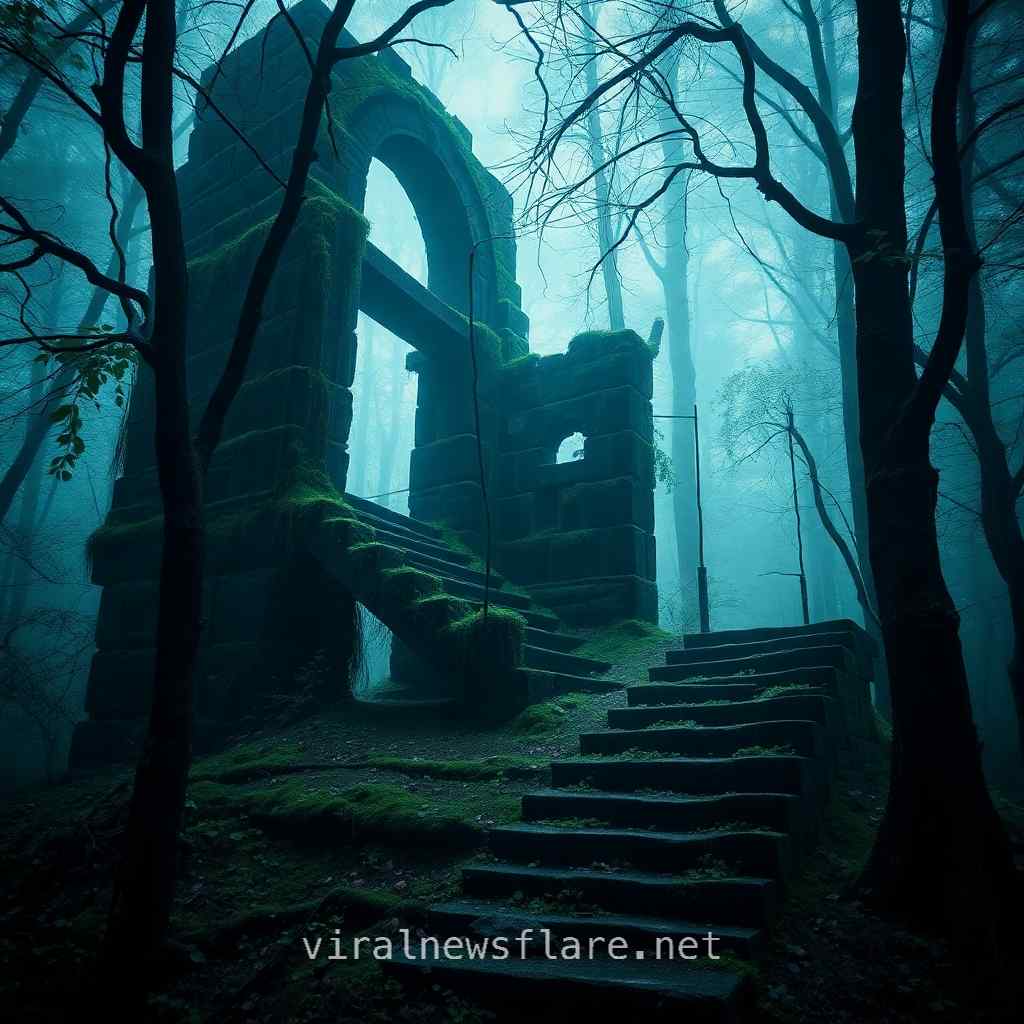
Discovering Personal Connections
In exploring the Forgotten Old House in the Forest, individuals often find personal connections to the past. Perhaps one of the artifacts discovered in a dusty corner resonates with a family heirloom, or a particular carving on the wall mirrors designs seen in a family home. These personal epiphanies transform the encounter from a mere historical inquiry into a deeply personal experience.
Such discoveries remind us that history is not just about grand events and famous figures but also about everyday lives, family stories, and individual memories. The house might reveal connections to lost relatives, migration patterns, or cultural practices that echo in the present day. These revelations add layers of meaning to the allure of the Forgotten Old House in the Forest, making it a nexus of personal and collective history.
The Intersection of History and Modern Curiosity
In our fast-paced digital age, the Forgotten Old House in the Forest offers a respite from the constant barrage of information. It invites people to slow down, to appreciate the tangible past in a way that screens and gadgets cannot replicate. This intersection of history and modern curiosity is a powerful draw—people yearn for authentic experiences that ground them in reality and the human story.
Modern explorers, armed with cameras, notebooks, and an insatiable curiosity, approach the house with a blend of reverence and scientific inquiry. They document their findings, share stories online, and contribute to the collective knowledge about this mysterious place. Platforms and communities dedicated to urban exploration and historical preservation thrive on the shared passion for places like the Forgotten Old House in the Forest, fostering global connections among like-minded individuals.
Ethical Considerations in Exploration
As interest in the Forgotten Old House in the Forest grows, so do ethical considerations. Explorers must balance their desire to uncover the past with respect for the site’s integrity and privacy. Vandalism, theft, or disrespectful behavior can damage fragile structures and erase delicate historical traces. It’s crucial that those drawn to the allure of this forgotten house approach it with reverence, care, and adherence to legal guidelines.
Responsible exploration includes leaving no trace, documenting findings without disturbing the original context, and working with preservation experts when necessary. By maintaining ethical standards, explorers honor both the history embedded in the Forgotten Old House in the Forest and the communities connected to its legacy, ensuring that future generations can also discover its wonders.
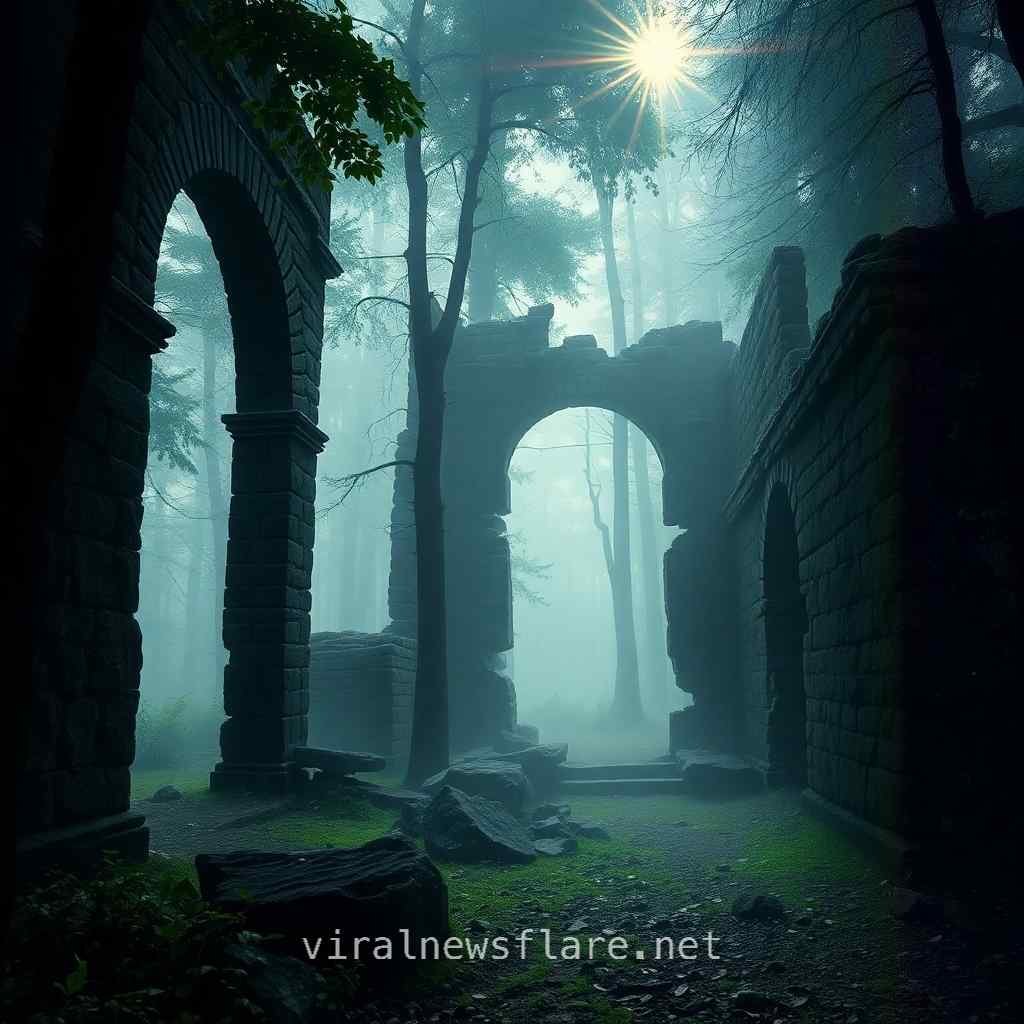
The Impact of Digital Documentation
In recent years, digital tools have revolutionized how we document and share our encounters with sites like the Forgotten Old House in the Forest. High-resolution photography, 3D scanning, and virtual reality tours allow people from across the globe to experience the house without physically visiting it. These technologies preserve the site digitally, safeguarding its details against the ravages of time and offering researchers new ways to analyze its architecture and artifacts.
Digital archives and collaborative online projects enable the sharing of photographs, maps, research notes, and personal narratives, building a comprehensive repository of knowledge. Such efforts ensure that even if the physical structure continues to decay, its essence and stories remain accessible, and the allure of the Forgotten Old House in the Forest endures in cyberspace as well as in the physical world.
Unanswered Questions and Future Research
Despite extensive study and exploration, many questions about the Forgotten Old House in the Forest remain unanswered. Who were the first inhabitants? What events led to its abandonment? Are there undiscovered chambers or hidden artifacts still waiting to be found? These uncertainties fuel ongoing research and speculation, keeping the house at the center of scholarly interest and public imagination.
Future research may involve interdisciplinary approaches, combining archaeology, history, environmental science, and folklore studies. As researchers uncover more pieces of the puzzle, our understanding of the house’s significance will deepen, but each discovery is likely to lead to new questions. The journey to uncover the truth is, in itself, a testament to the enduring allure of the Forgotten Old House in the Forest.
Reflecting on Legacy and Memory
The Forgotten Old House in the Forest is more than just an old building; it is a repository of collective memory. It reminds us that every structure has a story, every corner holds echoes of laughter, sorrow, conflict, and celebration. By reflecting on the house’s past, we engage with the legacies of those who came before us, learning about their lives, challenges, and dreams. This reflection fosters empathy and a sense of continuity, connecting us to a lineage that transcends time.
The allure of the house lies not only in its physical presence but also in the intangible heritage it embodies. It serves as a reminder that history is alive, waiting to be listened to, interpreted, and understood. The Forgotten Old House in the Forest stands as a monument to resilience, mystery, and the enduring power of storytelling, challenging us to preserve and honor the past even as we navigate the present.
Conclusion: Embracing the Mystery
The journey into the story of the Forgotten Old House in the Forest is one of wonder, discovery, and profound reflection. As we explore its decaying rooms, feel the embrace of nature reclaiming its space, and listen to the silent echoes of bygone eras, we become part of an ongoing narrative. The allure of this forgotten house lies not just in its mystery but in the invitation it extends to connect with our shared human history.
By approaching the Forgotten Old House in the Forest with curiosity, respect, and a sense of wonder, we honor the past and contribute to preserving its legacy for future generations. The house stands as a symbol of what we have lost, what we can reclaim, and the timeless quest for knowledge that defines us. It invites us to look beyond the surface, to question, to dream, and to cherish the stories that shape our world. As written by ViralNewsFlare, this exploration is a tribute to the enduring fascination with places that remind us of our roots, our journey, and the mysteries that still await our discovery.
